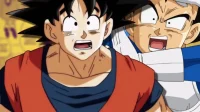Dragon Ball stands as one of the most enduring and celebrated franchises in anime and manga history, captivating audiences for over four decades. Fans have diligently analyzed its intricate narratives and rich lore, sharing some well-known secrets like the Saiyan naming convention and its inspirations drawn from the classic tale, Journey to the West. Despite the extensive sharing of fun facts, the depth of the Dragon Ball universe means that even the most dedicated fans might not be aware of every hidden detail.
Akira Toriyama, the creative force behind Dragon Ball, often developed the storyline on a week-to-week basis without comprehensive planning. This approach has led to numerous unexpected developments throughout the series. While the community of fiercely loyal Dragon Ball enthusiasts has grown steadily, there remain several enticing secrets and lesser-known facts that even the most ardent followers might be surprised to discover.
9 Akira Toriyama Introduced the World Tournament Because Sales Weren’t Good
Dragon Ball’s Creator Focused on Action to Boost Series Popularity
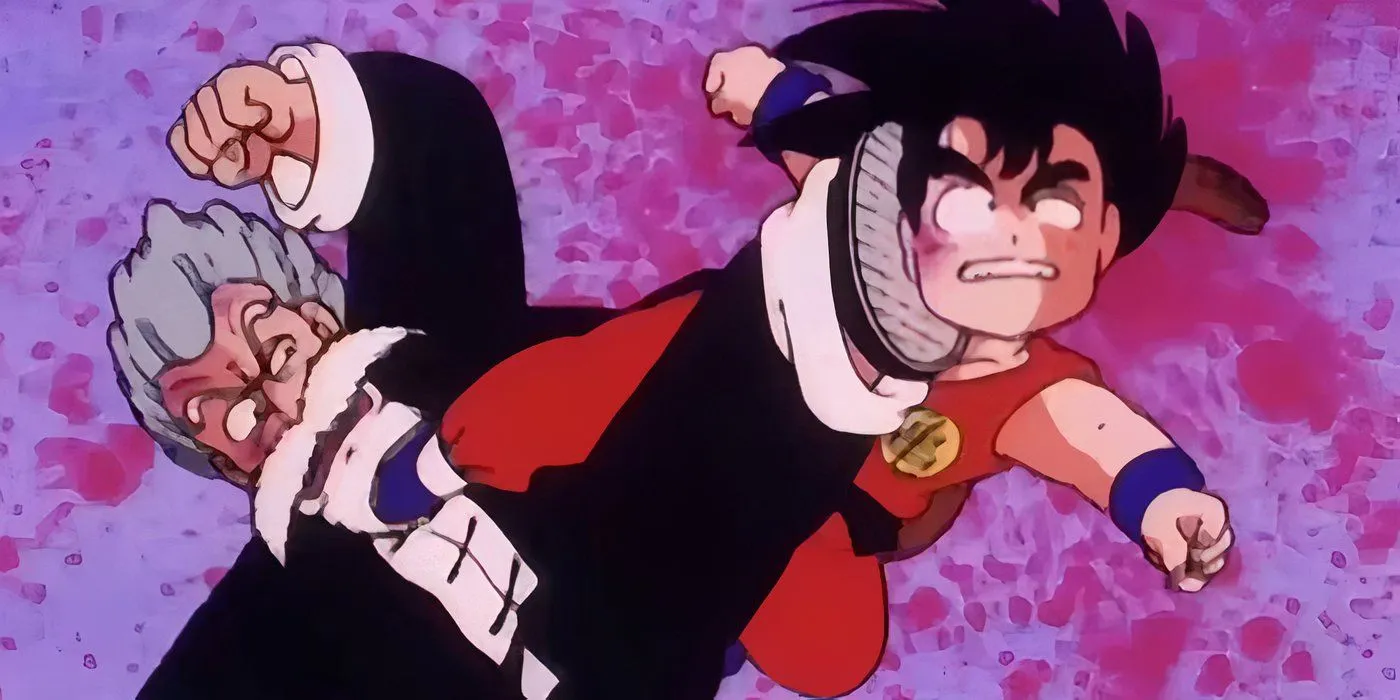
Since its debut in Weekly Shōnen Jump, Dragon Ball has significantly influenced the battle shōnen genre, inspiring a multitude of fans and creators alike. Initially, however, the series faced declining popularity as it prioritized adventure over battle. In a candid 1995 interview, Toriyama recounted an editorial critique that stated, “Your protagonist is rather plain, that’s why it’s not popular.” Annoyed yet motivated by the feedback, Toriyama pivoted the series’ focus toward action.
This shift led to the introduction of the World Martial Arts Tournament, a turning point that triggered an explosion in the series’ popularity, setting Goku on a path to become the strongest fighter.
8 Piccolo Isn’t Piccolo During and After the Cell Saga
Piccolo’s Identity Transformation During the Cell Saga
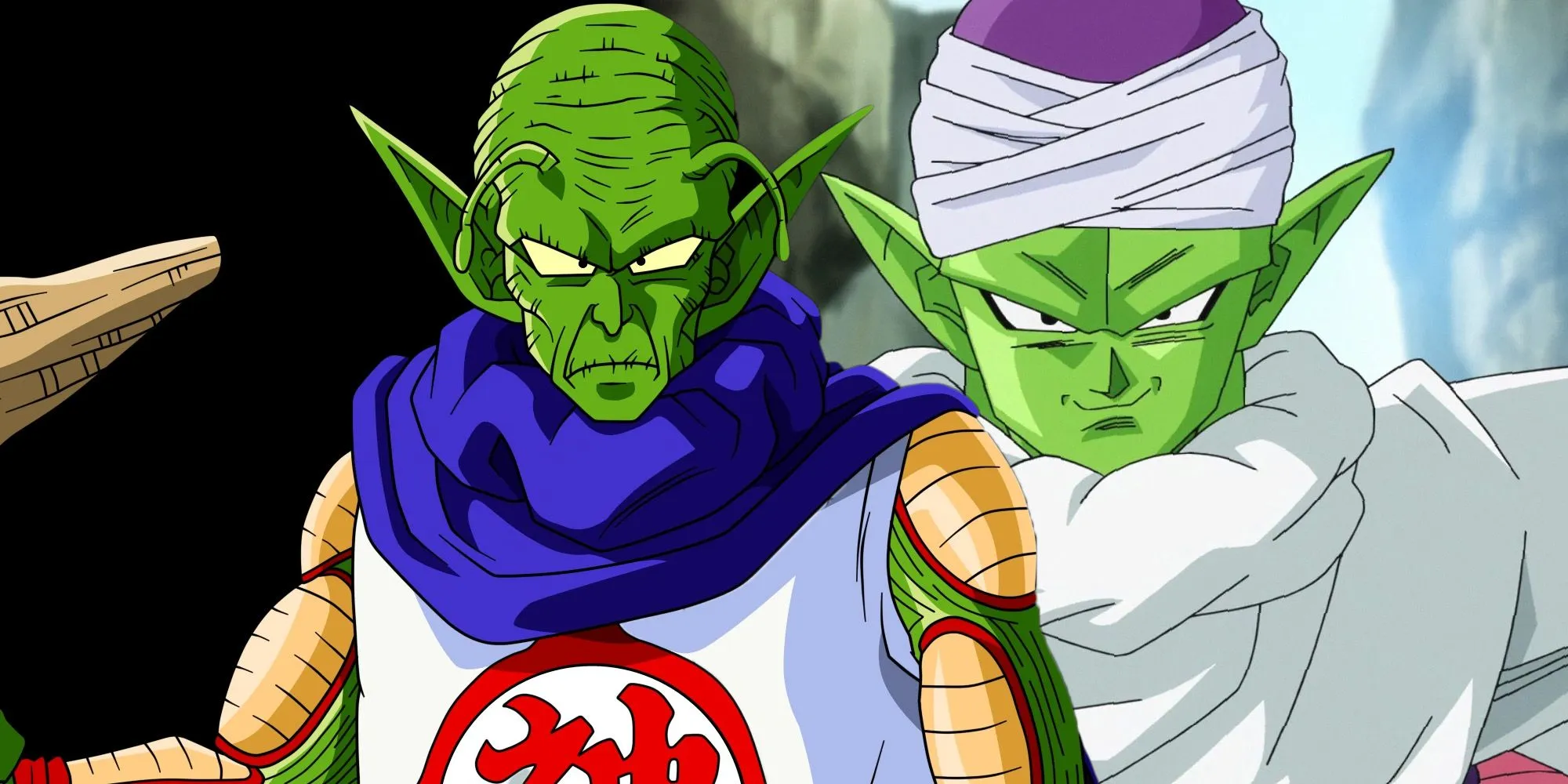
Although Piccolo’s backstory is well-established, few fans grasp the implications of his character evolution. Originating as the Nameless Namekian, he split into two entities—Kami, the Earth’s guardian, and the embodiment of his evil, Piccolo. This dual existence endured for centuries until the decisive fusion of the two, just prior to Cell attaining his second form.
Strikingly, post-fusion, the Piccolo we knew returned to being the Nameless Namekian, retaining only the name inherited from the Evil Demon King. This indicates that, following the Cell Saga, the Piccolo who trained Gohan and fought alongside Goku had fundamentally changed, a testament to the layered storytelling within the series.
7 Dragonball Evolution Was the Catalyst for the Series’ Revival in the 2010s
Toriyama’s Discontent with Dragonball Evolution Sparked His Return to the Franchise
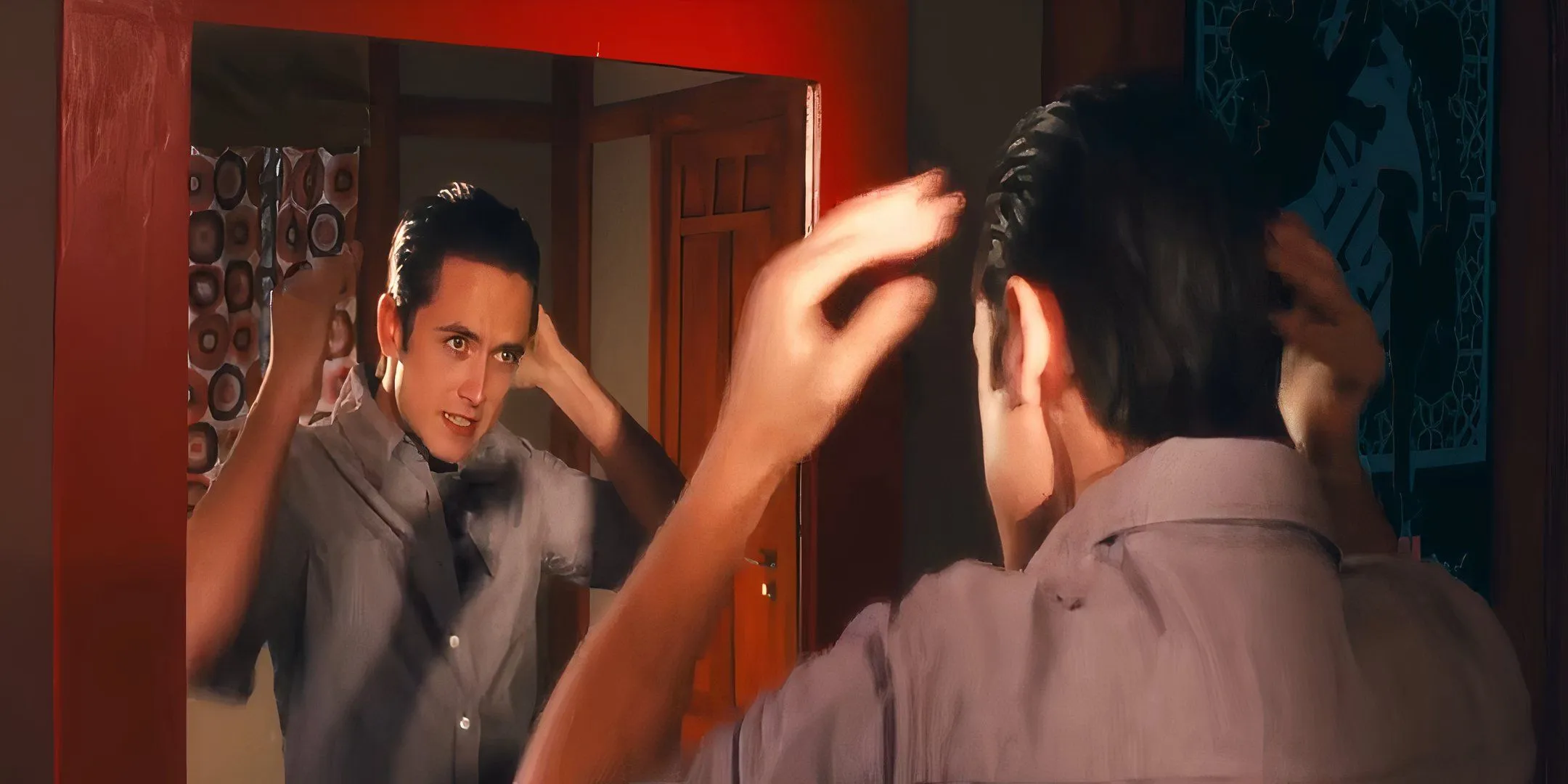
The 2009 release of Dragonball Evolution is widely regarded as a poorly executed adaptation, leading Toriyama to express his dissatisfaction with its creators before it hit theaters. The negative reception spurred Toriyama to actively reengage with the franchise after a decade-long hiatus when he was approached to contribute to the 2013 film, Dragon Ball Z: Battle of Gods.
In his own words, he felt compelled to ensure the story and world resonated with his original vision, prompting him to rewrite substantial portions of the script. This revitalization ultimately laid the groundwork for Dragon Ball’s resurgence in the 2010s, culminating in the release of Dragon Ball Super.
6 Even Dragon Ball’s Creator Didn’t Know Who Trunks Was on First Appearance
Toriyama’s Spontaneous Approach Led to a Memorable Reveal in Manga
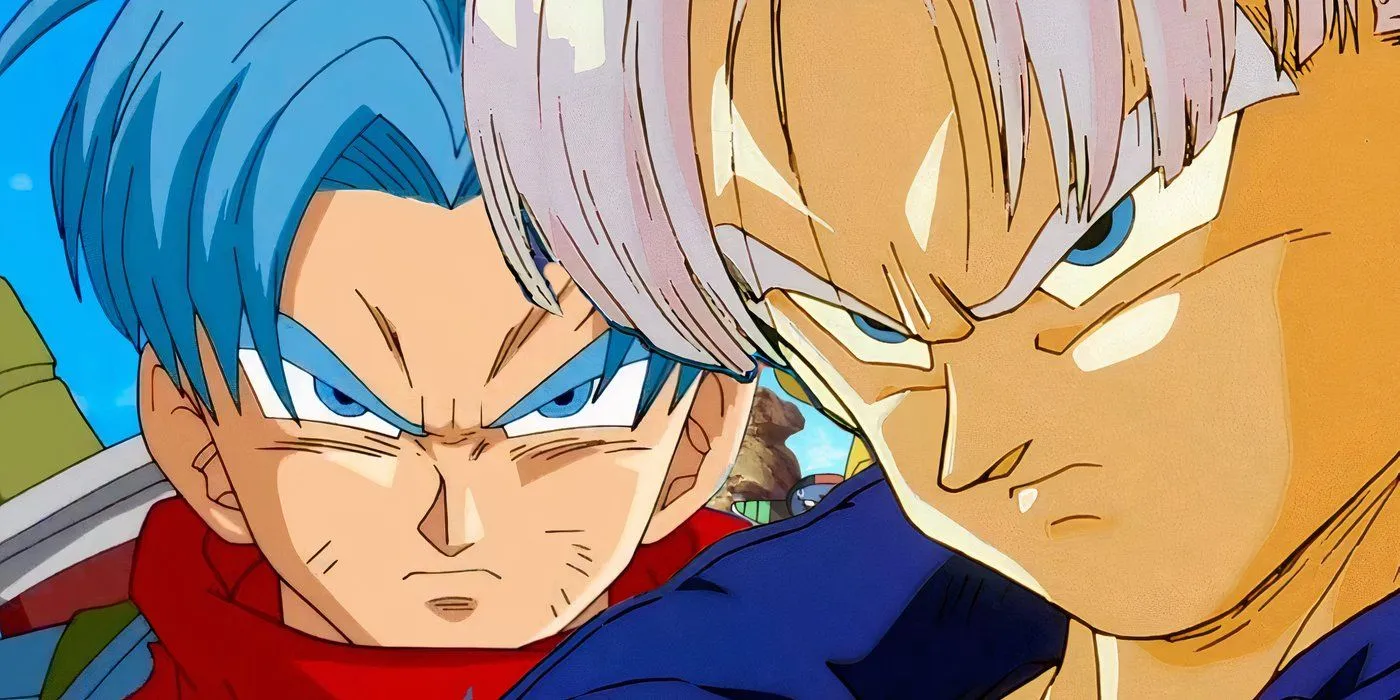
Akira Toriyama’s unpredictable writing style often resulted in unexpected twists that left both fans and editors surprised. When Trunks first appeared, he merely intended for him to be a transient character, initially with no impact on the overarching story. This changed dramatically when his brief yet impactful introduction included a decisive defeat of Frieza.
As he fleshed out Trunks’ background, Toriyama cleverly revealed him to be the son of Bulma and Vegeta, a couple he had not originally planned to unite. Thus, the spontaneous introduction of Trunks emerged as one of the most celebrated moments in manga history.
5 Super Saiyan Was Given Its Color to Save Time
The Legendary Golden Super Saiyan Emerged for Practicality
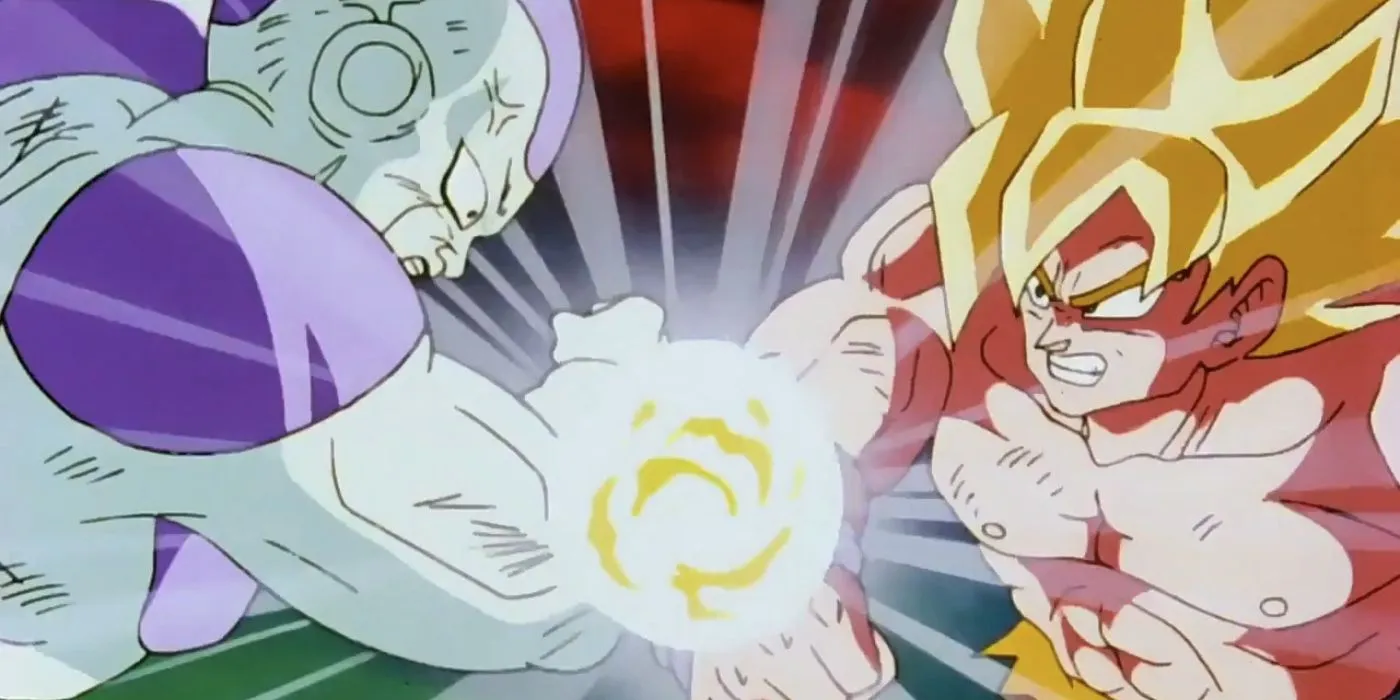
Creating manga is an arduous task, and while Toriyama often described himself as lazy, this was likely a mischaracterization of his workload. As the action escalated on Namek, Toriyama found himself overburdened, working with a minimal team to keep up with the demand for illustrations.
To alleviate the pressure on his assistant and to simplify the coloring process, he chose to create the iconic golden glow for the Super Saiyan form. This choice lightened the workload significantly, contributing to a transformation that would redefine the battle shōnen genre. Interestingly, the first design of Super Saiyan Goku featured red eyes, a detail that was later changed to green.
4 One of Dragon Ball’s Most Iconic Lines Wasn’t Correct
Goku’s Power Level Was Mistakenly Quoted as “Over 9,000!”
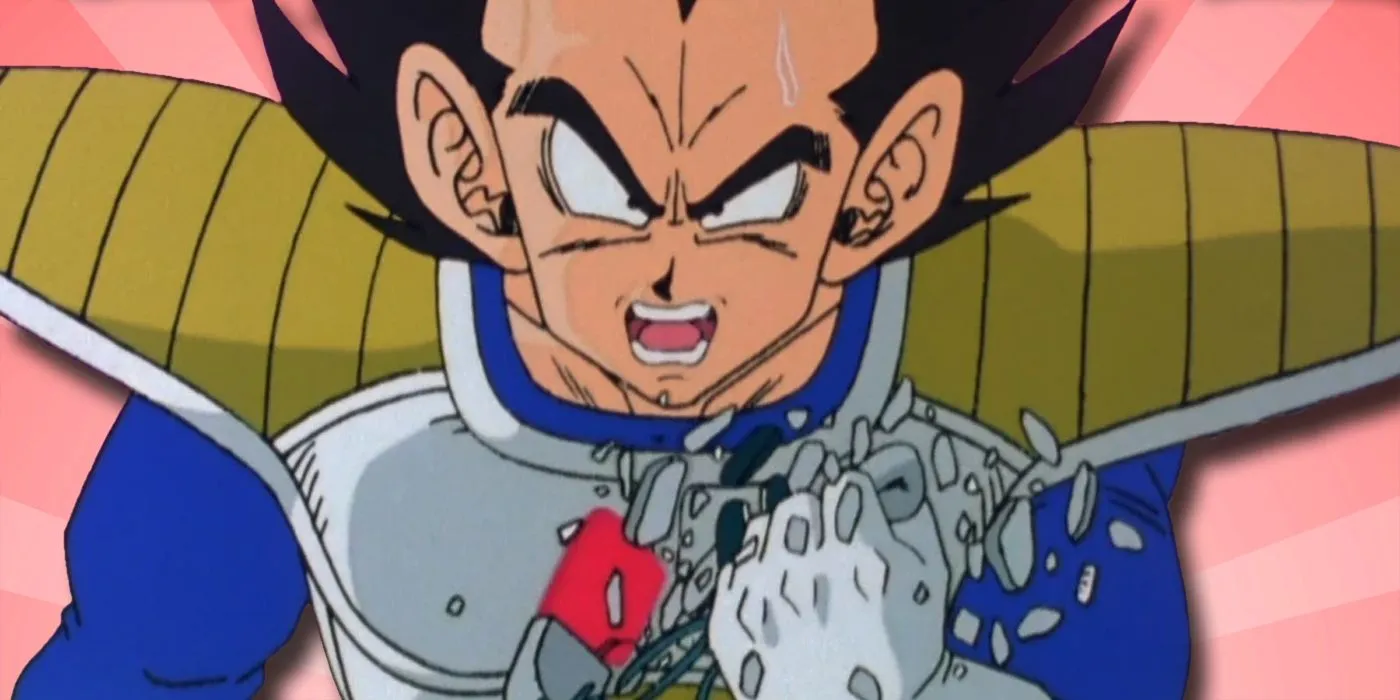
Among the most notorious lines in Dragon Ball, Vegeta’s proclamation of Goku’s power level exceeding “9,000!”is not accurate. In reality, the original Japanese script indicated that Vegeta stated, “It’s over 8,000!” The inaccuracies arose during the initial English dubbing process, likely to accommodate the visual lip movements of the characters.
This ‘9,000’ line has become a staple in all English dubs of the series, including Dragon Ball Z Kai. Only in the DVD release of Kai was the error rectified, providing a more faithful adaptation and restoring some uncensored moments from the series.
3 Hercule’s Real Name Is Mark, Not Hercule
The Comedic Character Hercule Has a Surprisingly Ordinary Name
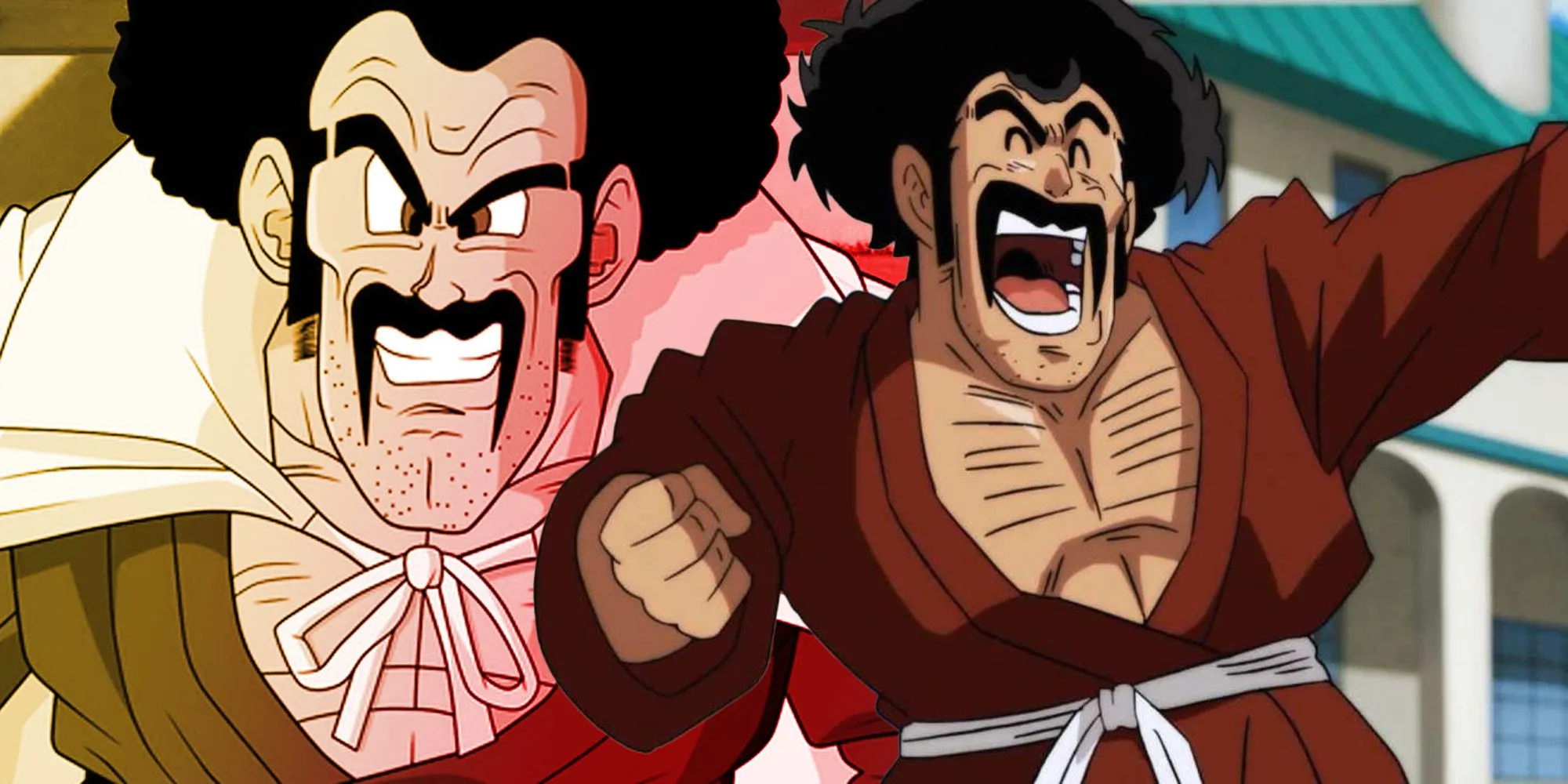
In a 2009 discussion, Toriyama revealed the surprising backstory of Hercule, noting that his real name is Mark. This mundane name translates from the Japanese “Maku,”which itself can be rearranged into “akuma,”meaning devil. This naming convention aligns seamlessly with Videl’s name, which also forms an anagram for “devil.”
What’s further intriguing is that Hercule’s name was never intended to be Hercule; it was originally Mr. Satan. Like the misquoted line about Goku’s power, this alteration occurred in the English dubbed version, and has persisted through to the current iterations. Toriyama specified that Mr. Satan serves only as a stage name, highlighting the comedic elements infused in Dragon Ball.
2 Gogeta Was Created Before Vegito
Gogeta Preceded Vegito in Creation
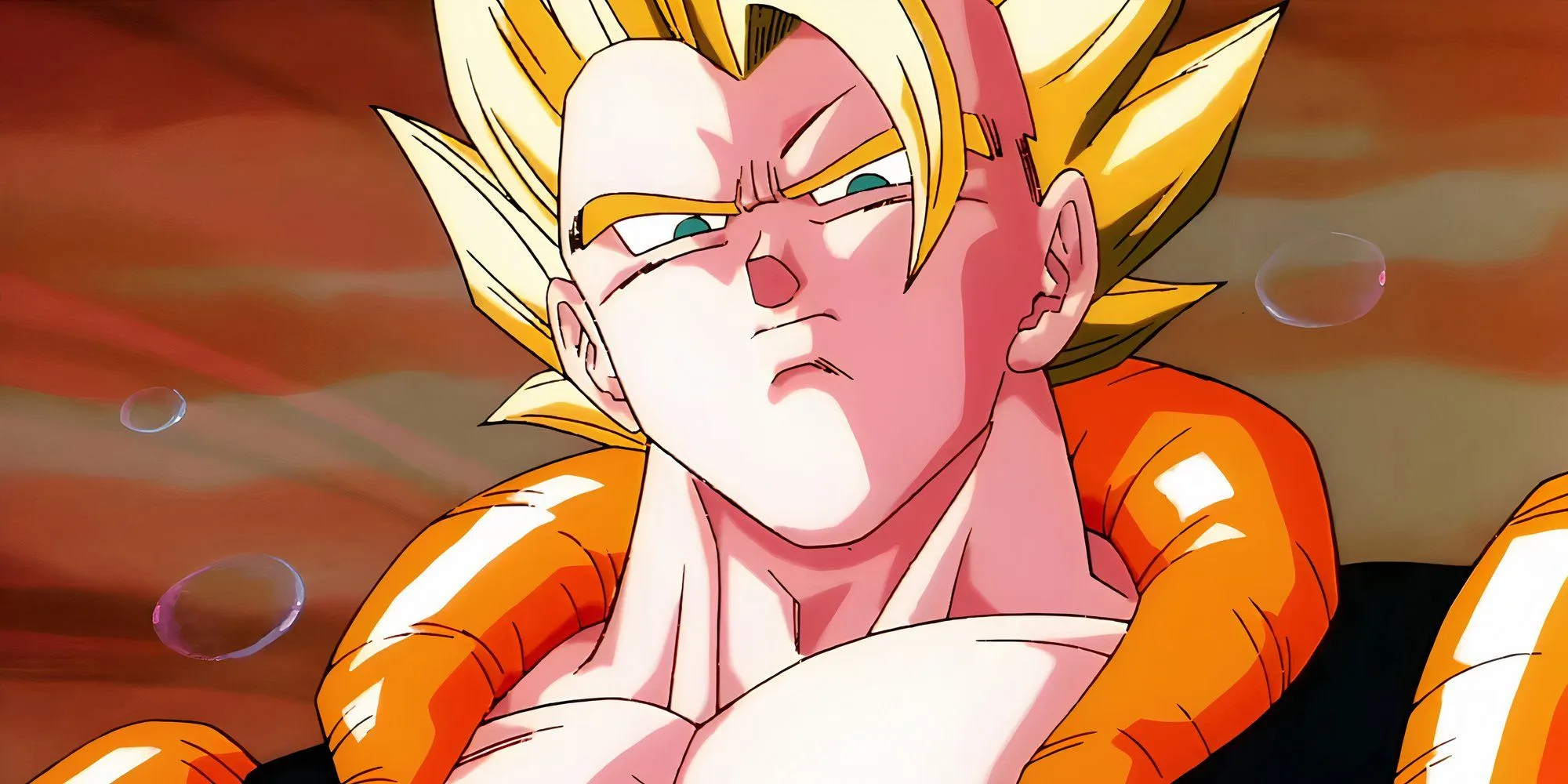
The concept of fusion, a pivotal technique in Dragon Ball, was introduced with Gotenks and later expanded with the Potara earrings to create Vegito. Many fans may be unaware, however, that Gogeta was conceived first, with Toriyama intending the character to confront Buuhan in the manga.
Upon viewing an early cut of Fusion Reborn, Toriyama opted to avoid overlapping the narrative, leading to the introduction of Vegito and the unique abilities associated with the Potara earrings. Interestingly, a preview for chapter #503 of Dragon Ball teased Gogeta’s appearance, but he would not feature in that chapter.
1 Frieza Returned Because of a Song
The Influence of a Concert on Frieza’s Return

Frieza’s comeback in both Dragon Ball Z: Resurrection ‘F’ and the subsequent Dragon Ball Super series marked a significant enhancement to modern narratives in the franchise. Surprisingly, Akira Toriyama drew inspiration from a concert experience, specifically after attending a performance by the punk metal band Maximum the Hormone.
One of their songs titled “F”metaphorically linked Frieza to themes of oppressive entities, which resonated deeply with Toriyama. This connection became evident in Resurrection ‘F’, leading to the film’s title and reinvigorating Frieza’s role in the ongoing saga. Maximum the Hormone’s influence extends beyond Dragon Ball; they’ve been featured prominently across various anime, changing the course of not just Dragon Ball, but leaving an imprint on the broader anime landscape. Fans can listen to “F”on YouTube.

